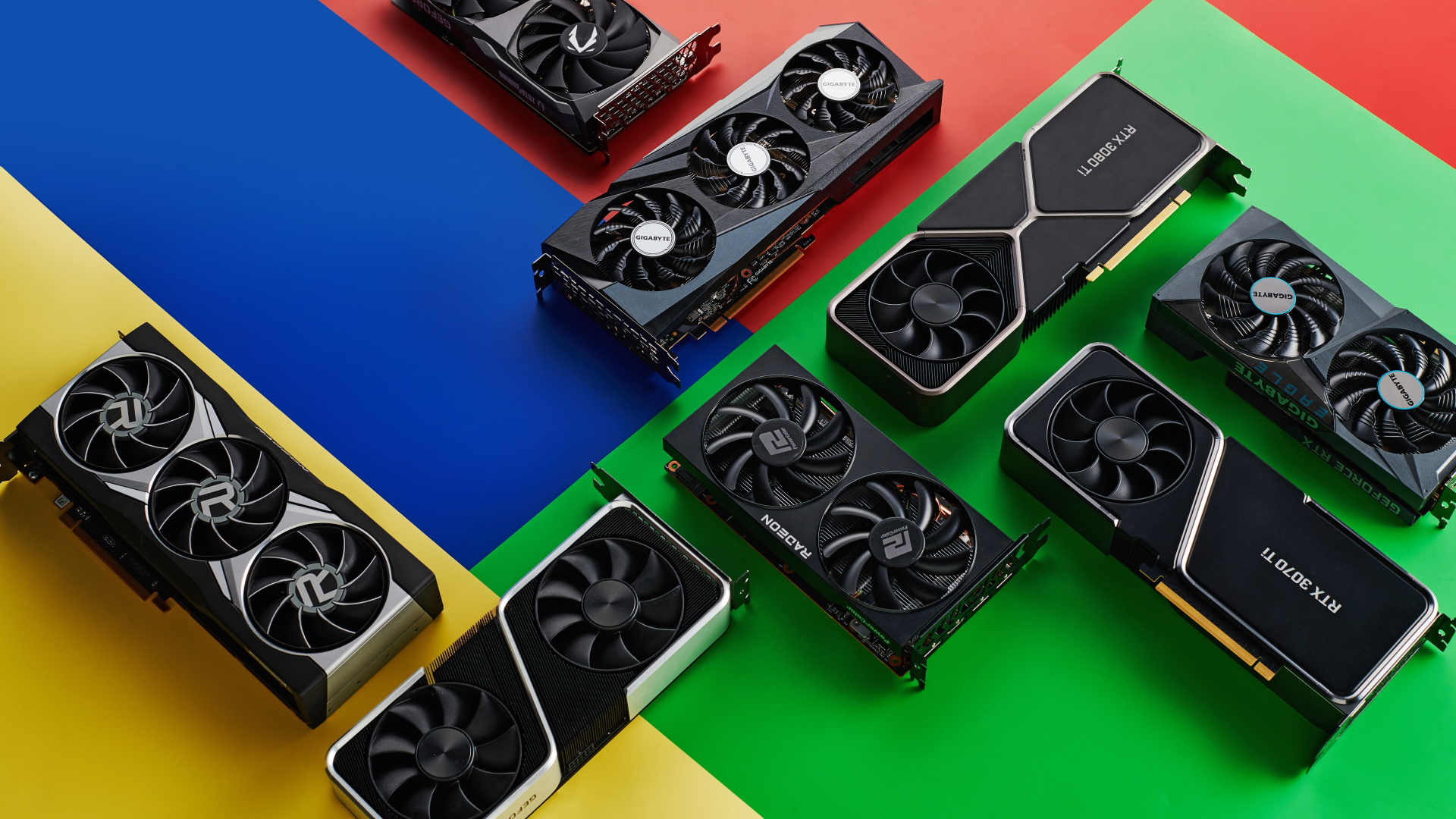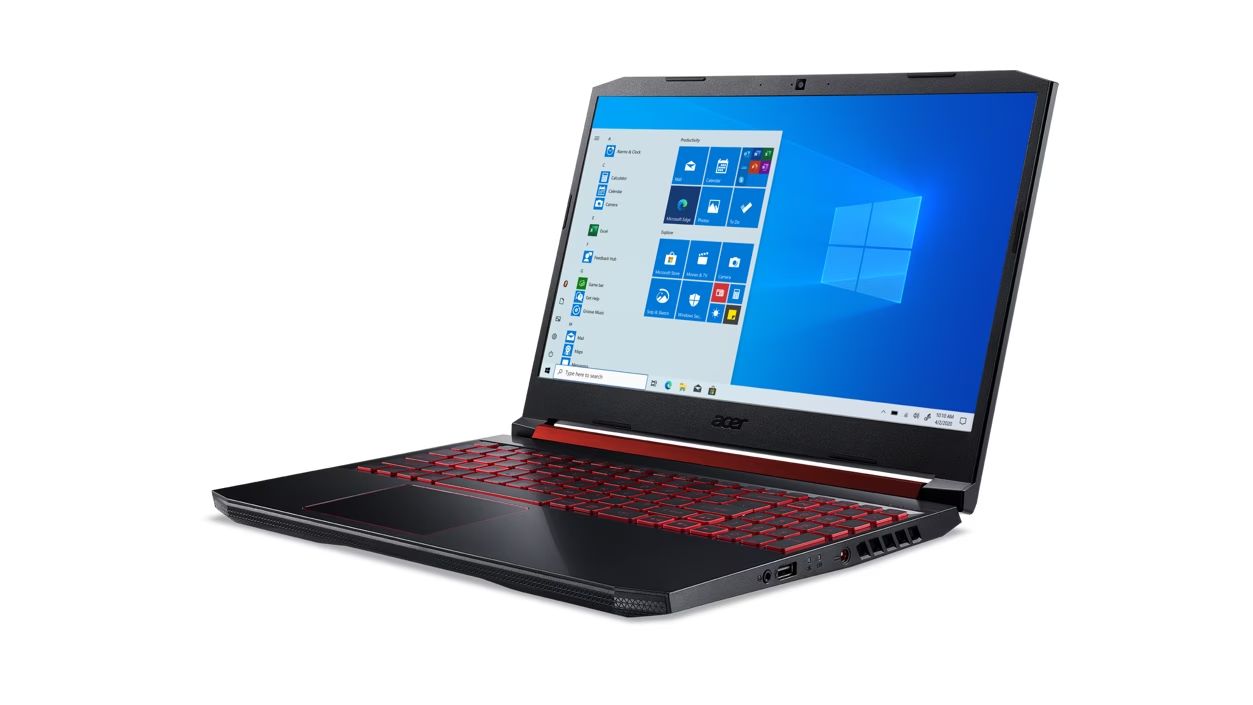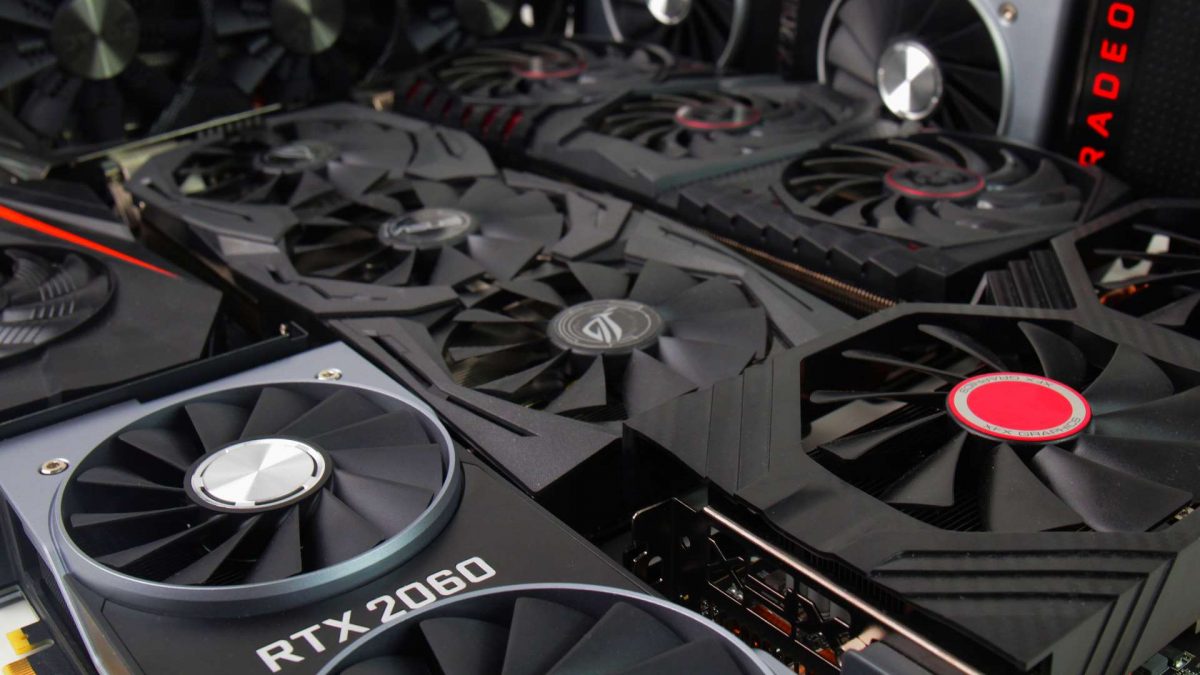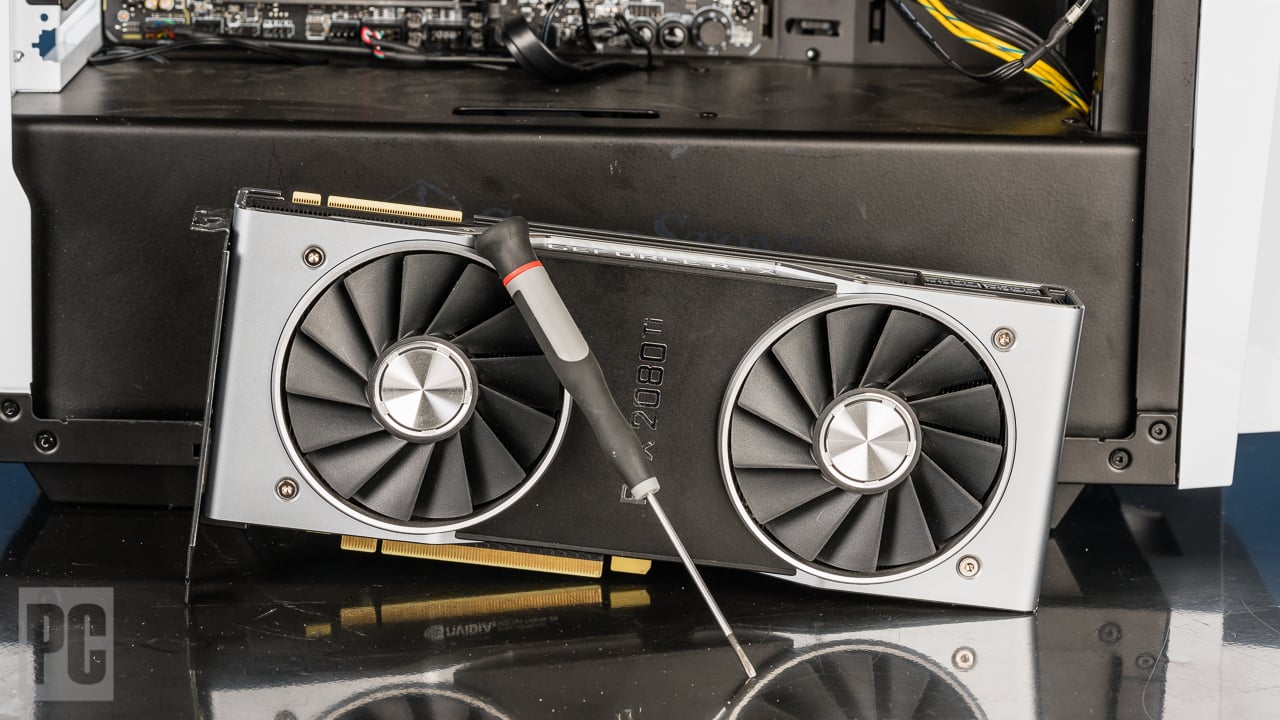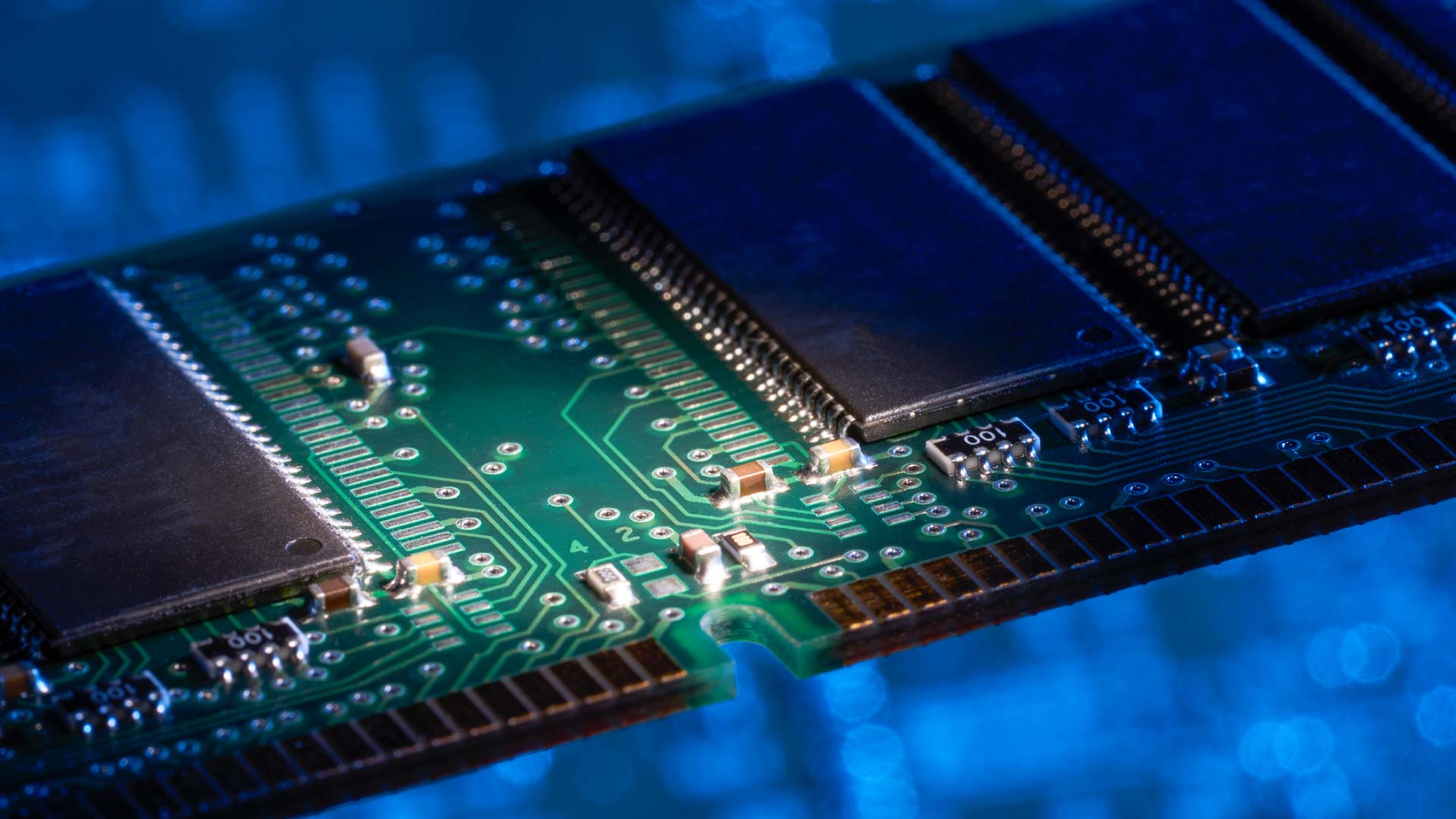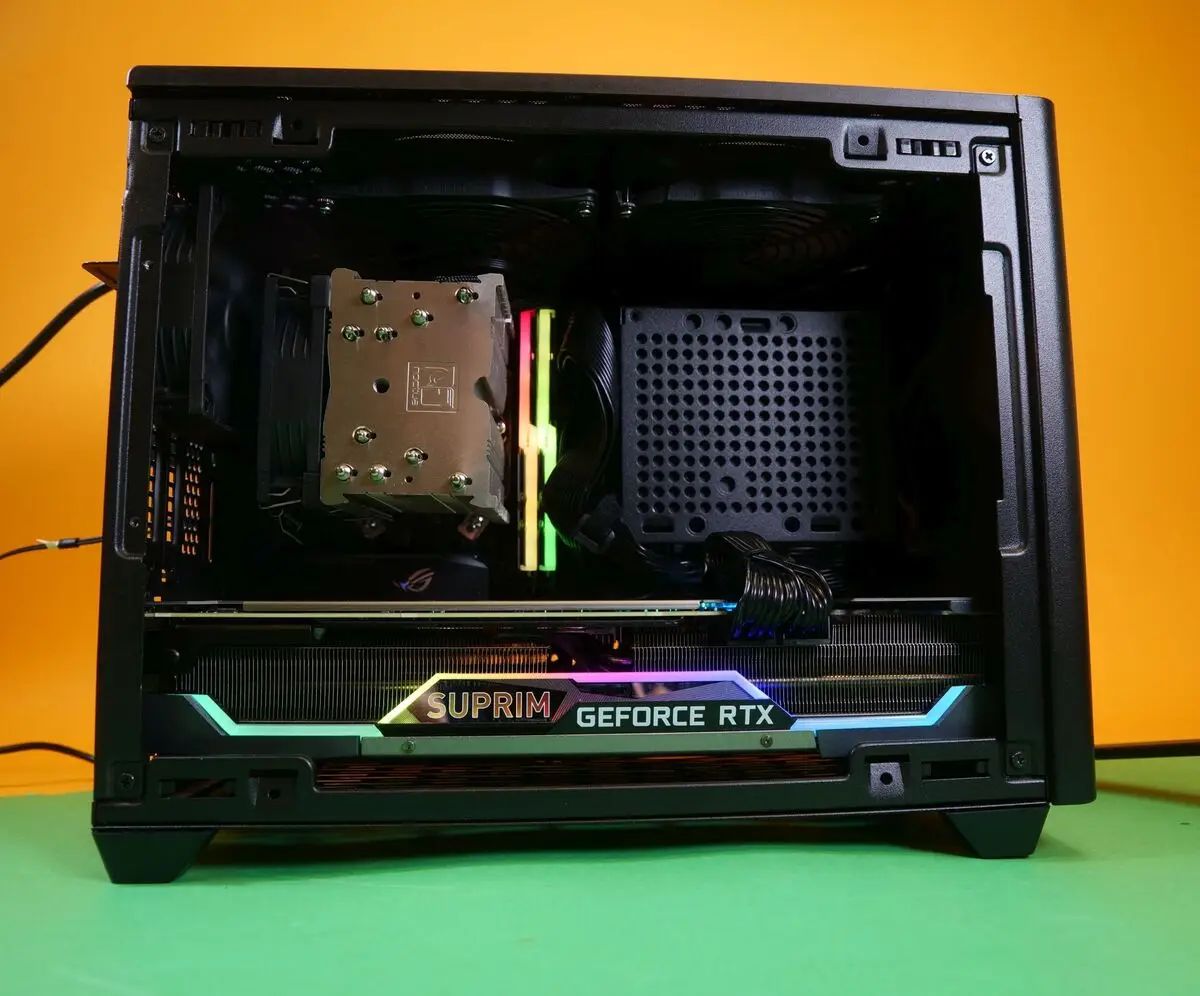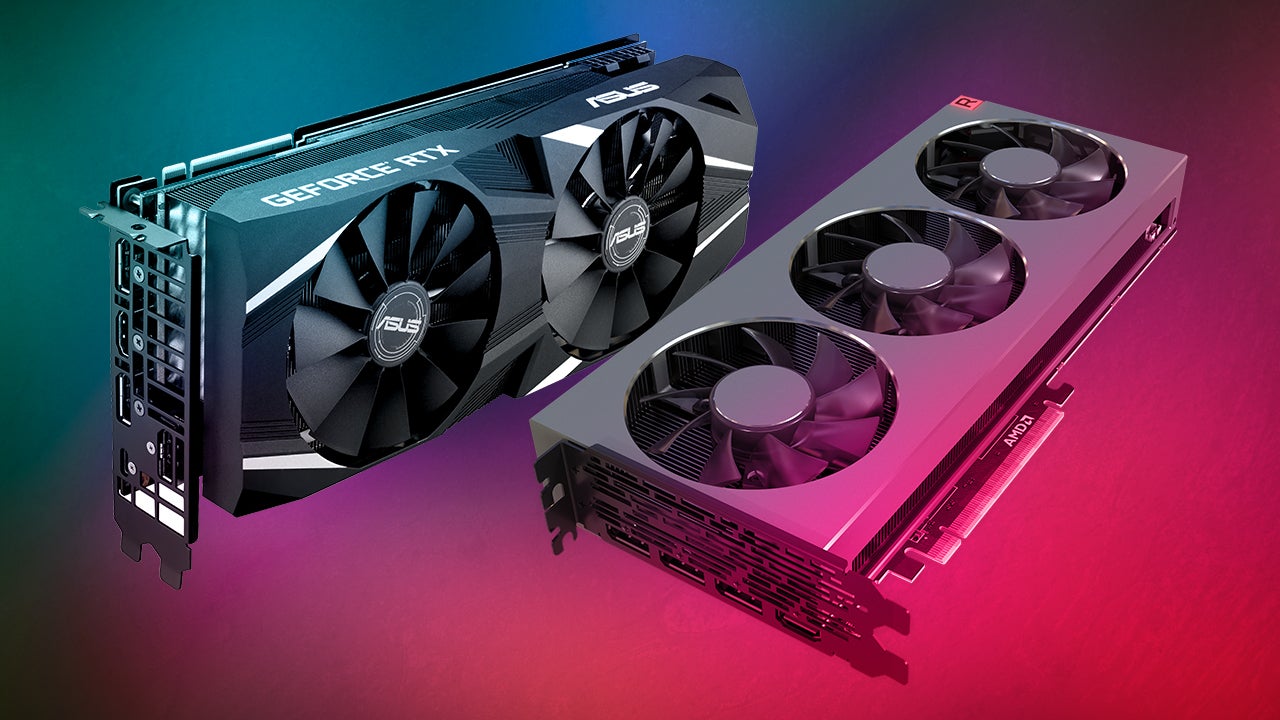Introduction
When it comes to building a powerful gaming rig or enhancing your computer’s graphics capabilities, a good graphics card is essential. It is the hardware component responsible for rendering images, videos, and animations on your screen. However, with so many options available on the market, determining the right graphics card to suit your needs can be a daunting task. One of the most significant factors to consider is the price.
The price of a graphics card can vary greatly, ranging from budget-friendly options to high-end, top-of-the-line models. So, how much is a good graphics card? The answer depends on several factors, including the card’s performance, features, and brand reputation.
In this article, we will explore the different price ranges of graphics cards and what you can expect to get for your money. Whether you’re a casual gamer, a budding enthusiast, or a hardcore gamer looking for the best gaming experience, understanding the price tiers and the features they offer will help you make an informed decision.
We will discuss entry-level graphics cards, which are typically more affordable and suitable for casual gaming and everyday tasks. Then, we will delve into mid-range options that strike a balance between performance and budget. Finally, we will explore high-end graphics cards that deliver unrivaled performance but come with a hefty price tag.
Before we delve into the specifics of each price range, let’s take a closer look at the factors that influence the price of a graphics card. By understanding these factors, you’ll be better equipped to make a purchasing decision that aligns with your needs and budget.
What Determines the Price of a Graphics Card?
The price of a graphics card is influenced by various factors that determine its quality, performance, and features. Understanding these factors will help you determine the value for money when choosing a graphics card that meets your requirements. Here are the key determinants of a graphics card’s price:
- GPU (Graphics Processing Unit): The GPU is the heart of a graphics card and is primarily responsible for rendering images and videos. High-performance GPUs with advanced architecture and more CUDA cores tend to be more expensive.
- Memory: Graphics cards feature their own onboard memory, known as VRAM (Video Random Access Memory). The amount of VRAM affects a card’s ability to handle complex graphics and higher resolutions. Cards with higher VRAM capacities or faster memory technologies are typically priced higher.
- Performance: The overall performance capabilities of a graphics card, such as clock speed and memory bandwidth, impact its price. Higher-performing cards command a premium due to their ability to handle demanding games and resource-intensive applications.
- Brand: Graphics card manufacturers often have a reputation for producing high-quality products. Well-established brands with a track record of delivering reliable and top-performing cards may come at a higher price point compared to lesser-known brands.
- Advanced Features: Certain graphics cards are equipped with advanced features like real-time ray tracing, artificial intelligence-enhanced rendering, and overclocking capabilities. These additional features contribute to the price but can enhance the gaming experience for enthusiasts.
- Supply and Demand: Just like any other product, graphics cards are subject to market forces. During periods of high demand and limited supply, prices may increase due to scarcity. Conversely, when new models or generations are released, older cards may experience price drops.
It’s essential to consider these factors alongside your specific needs and budget when purchasing a graphics card. While higher-priced cards offer better performance, they may not always be necessary for casual gamers or those with modest computing requirements. Conversely, advanced gamers or professionals may prioritize top-tier cards for optimal performance in demanding applications.
Now that we have a better understanding of what influences the price of a graphics card, let’s explore the different price ranges and what you can expect for your money in terms of performance and features.
Entry-Level Graphics Cards: What to Expect for the Price
Entry-level graphics cards are perfect for casual gamers or individuals on a tight budget who want to enjoy smooth graphics and decent performance without breaking the bank. These cards offer a cost-effective solution for basic gaming, multimedia tasks, and everyday computing needs.
Typically, entry-level graphics cards fall within the lower price range, ranging from around $100 to $200. While they may not deliver the same level of performance as their higher-priced counterparts, they still pack quite a punch for their price tag.
What can you expect from entry-level graphics cards in terms of performance and features? Here are the key characteristics of these budget-friendly options:
- Mid to High Settings: Entry-level graphics cards are capable of running most modern games at moderate to high settings, depending on the game’s requirements. While you may not experience maximum graphics details and frame rates, the performance is often satisfactory for casual gamers.
- 1080p Resolution: These cards generally perform well at 1080p resolution, which is the standard for most monitors and televisions. You can enjoy smooth gameplay and crisp visuals at this resolution without experiencing significant lag or pixelation.
- Basic VR Support: Some entry-level graphics cards can handle virtual reality (VR) applications and provide an immersive experience. However, they may not offer the same level of performance as higher-end cards specifically designed for VR gaming.
- Decent Power Efficiency: Entry-level cards are often designed with power efficiency in mind, ensuring that they don’t consume excessive amounts of energy. This not only helps to keep your electricity bills in check but also prevents your system from overheating.
- Quiet Operation: These graphics cards are engineered to operate quietly, with efficient cooling systems and optimized fan curves. This ensures a quieter gaming experience without the distracting noise often associated with high-performance cards.
While entry-level graphics cards may not provide the same level of performance as their higher-priced counterparts, they still offer a solid gaming experience for budget-conscious individuals. If you’re a casual or occasional gamer who is not concerned with pushing graphics boundaries, an entry-level card may be the perfect fit.
Now that we’ve explored the entry-level range, let’s move on to the mid-range graphics cards, which offer a balance between performance and budget.
Mid-Range Graphics Cards: Finding the Balance Between Performance and Budget
Mid-range graphics cards offer a sweet spot for gamers who aim for a balance between performance, affordability, and future-proofing. These cards provide a significant upgrade over entry-level options without reaching the steep prices of high-end models.
With prices typically ranging from $200 to $400, mid-range graphics cards strike a balance between price and performance, making them popular among gaming enthusiasts and budget-conscious gamers looking for a more immersive gaming experience.
So, what can you expect from mid-range graphics cards? Let’s explore the features and performance you can anticipate within this price range:
- High-Quality Graphics: Mid-range cards offer a substantial improvement in visual fidelity and graphics quality compared to entry-level options. They can handle modern games at high settings, providing crisp details and smooth frame rates for an immersive gaming experience.
- 1440p Resolution: These graphics cards excel at handling gaming at 1440p resolution, which offers a higher level of detail and sharper images compared to 1080p. You can expect smoother gameplay and enhanced visuals on compatible monitors.
- VR-Ready Performance: Mid-range cards are often capable of delivering a satisfactory VR experience. While they may not provide the maximum level of VR performance, they still offer smooth gameplay for VR applications and allow you to explore virtual worlds.
- Multiple Monitor Support: Many mid-range graphics cards support multiple monitors, allowing you to set up an extended desktop or create an immersive multi-display gaming setup. This feature is especially beneficial for productivity tasks and immersive gaming experiences.
- Improved Cooling Solutions: Mid-range cards often feature advanced cooling systems that effectively dissipate heat while maintaining lower noise levels. This results in more comfortable gaming sessions and increased longevity of the graphics card.
- Future-Proofing: Investing in a mid-range graphics card provides a level of future-proofing. While not as powerful as high-end models, these cards can handle upcoming games and emerging technologies, ensuring your system remains relevant for a reasonable period.
Mid-range graphics cards strike a great balance between performance, affordability, and future-proofing. They offer a significant upgrade in gaming capabilities without stretching your budget to the limit. If you’re a gaming enthusiast who wants to experience smoother gameplay, higher resolutions, and advanced features without breaking the bank, a mid-range card is a worthy investment.
Now that we have explored the mid-range price range, let’s move on to the high-end graphics cards that push the boundaries of performance.
High-End Graphics Cards: Breaking the Bank for Top-of-the-Line Performance
For gamers and professionals who demand the highest level of performance and visual fidelity, high-end graphics cards are the pinnacle of graphics processing. These top-of-the-line cards offer unmatched power, cutting-edge technologies, and the ability to handle the most demanding gaming and creative tasks.
High-end graphics cards come at a premium price, often ranging from around $400 to over $1000. While they may be expensive, these cards deliver unprecedented performance and are designed for users who require the absolute best.
So, what can you expect from a high-end graphics card? Let’s delve into the features and performance benchmarks associated with these top-tier options:
- Maxed Out Graphics Settings: High-end cards allow you to play games at maximum settings, providing breathtaking graphics and incredibly detailed worlds. You can immerse yourself in lifelike visuals with realistic lighting, shadows, and particle effects.
- 4K and Beyond: These graphics cards are optimized for gaming at 4K resolution and can handle even higher resolutions with relative ease. You can enjoy gaming at its finest with sharp images, vibrant colors, and fluid framerates on compatible 4K monitors.
- Superior VR Performance: High-end cards are specifically designed to deliver the best VR experience, offering smooth gameplay with high frame rates and minimized motion sickness. You can explore virtual reality worlds with unparalleled clarity and responsiveness.
- Extreme Multi-Monitor Support: Many high-end graphics cards support multiple monitors, allowing you to create a multi-display setup with seamless integration. This feature is ideal for multitasking, professional workflows, and immersive gaming experiences spanning multiple screens.
- Advanced Cooling Systems: High-end cards boast sophisticated and efficient cooling solutions, including custom-cooled designs and advanced fan technology. These cards are engineered to handle intense workloads while maintaining optimal operating temperatures and minimal noise levels.
- Top-of-the-Line Technologies: High-end cards often introduce cutting-edge technologies like real-time ray tracing, AI-enhanced rendering, and deep learning capabilities. These features enhance graphics realism and allow for more realistic lighting, shadows, and physics simulations.
High-end graphics cards are built for users who demand nothing but the absolute best performance and visual fidelity. If you’re a hardcore gamer, a creative professional working with resource-intensive applications, or an enthusiast who wants to push the limits of technology, a high-end graphics card is worth the investment.
Now that we have explored the high-end range, let’s move on to discussing whether investing in an expensive graphics card is worth it.
Is It Worth Investing in an Expensive Graphics Card?
As we’ve explored the different price ranges of graphics cards, you might be wondering if it’s worth investing in an expensive graphics card. While high-end graphics cards offer unparalleled performance and cutting-edge features, it’s important to consider your specific needs, budget, and future requirements before making a decision.
Here are some factors to consider when evaluating the worthiness of investing in an expensive graphics card:
- Gaming Requirements: Assess your gaming needs and preferences. If you’re a casual gamer who enjoys older or less demanding games, an expensive high-end graphics card may be excessive. However, if you’re a hardcore gamer who demands the highest level of performance and wants to play the latest AAA titles at max settings, investing in a high-end card could greatly enhance your gaming experience.
- Future-Proofing: Consider how long you expect your graphics card to remain relevant. High-end cards tend to have a longer lifespan before becoming outdated, allowing you to enjoy top-of-the-line performance for a longer period. If you’re looking to future-proof your system and want to avoid frequent upgrades, investing in a high-end card can be a wise decision.
- Professional Needs: If you’re a professional working with graphics-intensive applications like video editing, 3D modeling, or rendering, then the power and performance of an expensive graphics card may be crucial for your workflow. These cards can significantly reduce rendering times and provide real-time previews, resulting in improved productivity and efficiency.
- Budget Considerations: Assess your budget and determine how much you are willing to spend on a graphics card. While high-end cards offer the best performance, they also come with a hefty price tag. It’s essential to strike a balance between your gaming or professional needs and your budget limitations.
- Personal Satisfaction: Ultimately, the worthiness of investing in an expensive graphics card depends on your personal satisfaction and the value you place on top-tier performance. If having the best gaming experience or the most powerful system brings you joy and fulfillment, then investing in an expensive graphics card may be worthwhile.
Ultimately, the decision of whether to invest in an expensive graphics card boils down to your specific needs, budget, and priorities. While high-end cards offer unmatched performance and the latest technologies, they may not be necessary or within reach for everyone. Carefully evaluate your requirements and consider the long-term benefits before making a decision.
Now that we’ve discussed the worthiness of investing in an expensive graphics card, let’s move on to the factors you should consider before buying a graphics card.
Factors to Consider Before Buying a Graphics Card
Before purchasing a graphics card, there are several important factors to consider, ensuring you make the right choice that aligns with your needs, budget, and future requirements. Here are the key factors to consider before making a decision:
- Performance Needs: Determine the level of performance you require. If you only engage in casual gaming or basic computing tasks, a budget-friendly option may be sufficient. However, if you’re a hardcore gamer or professional who demands top-tier performance, you may need to invest in a more powerful card to meet your needs.
- Budget: Determine your budget and set realistic expectations. Graphics cards come in a wide price range, so it’s important to strike a balance between your desired performance and what you can afford. Set a budget and explore options within that range to find the best value for your money.
- Compatibility: Check the compatibility of the graphics card with your computer’s hardware. Ensure that your power supply unit (PSU) can handle the power requirements of the card, and that your motherboard has the appropriate PCIe slot for installation.
- Resolution and Refresh Rate: Consider the resolution and refresh rate of your monitor. If you have a high-resolution monitor or plan to upgrade in the near future, ensure that the graphics card can handle the desired resolution and deliver smooth, lag-free gameplay at the desired refresh rate.
- Memory: Pay attention to the amount of VRAM (Video Random Access Memory) that the graphics card offers. More VRAM can handle higher resolutions, complex textures, and multitasking with multiple applications.
- Brand and Warranty: Research and consider the reputation of the brand. Well-established brands often offer better warranty terms, customer support, and long-term reliability, giving you peace of mind with your purchase.
- Reviews and Benchmarks: Read reviews and consult benchmarks to get an idea of the performance and real-world capabilities of the graphics card you’re considering. Reviews can provide valuable insights into the card’s strengths, weaknesses, and overall user satisfaction.
- Future-Proofing: Consider your future needs and how long you expect the graphics card to remain relevant. If you plan to upgrade your system or engage in more demanding tasks in the future, investing in a more powerful card can provide longevity and avoid the need for frequent upgrades.
By carefully considering these factors, you can make an informed decision when purchasing a graphics card that suits your needs and maximizes your gaming or professional experience.
Now that we’ve discussed the key factors to consider before buying a graphics card, let’s summarize the main points covered in this article.
Conclusion
Choosing the right graphics card is essential for enhancing your gaming experience, improving graphics performance, and handling demanding tasks. Understanding the different price ranges and what they offer allows you to make an informed decision that aligns with your needs and budget.
Entry-level graphics cards provide a cost-effective solution for casual gamers, offering satisfactory performance at an affordable price. Mid-range cards strike a balance between performance and budget, catering to gaming enthusiasts looking for enhanced visuals and smooth gameplay.
High-end graphics cards, while more expensive, deliver top-of-the-line performance and cutting-edge technologies. These cards are ideal for hardcore gamers and professionals seeking the utmost in visual fidelity and power.
When considering purchasing a graphics card, it’s important to evaluate factors such as your gaming requirements, budget, compatibility, monitor resolution, brand reputation, and future-proofing needs. By taking these factors into account, you can choose a graphics card that meets your specific needs.
Ultimately, the worthiness of investing in an expensive graphics card depends on your personal satisfaction, budget, and the value you place on top-tier performance. Consider your gaming or professional needs and weigh them against your budget limitations to make the best decision for you.
Remember to read reviews, consult benchmarks, and consider future upgrades to ensure that your chosen graphics card will meet your requirements for years to come.
Now armed with the knowledge of what to expect and factors to consider, you can confidently embark on your journey to finding the perfect graphics card for your gaming setup or professional needs.







